智能交通和智能城市交通管理正在彻底改变城市交通和应急响应的方式,同时减少城市道路的拥堵。如何实现?传感器、先进的通信技术、自动化和高速网络。
从一个地方移动到另一个地方的艺术和科学是我们生活的固有组成部分--不仅是今天,而且贯穿整个历史。从战车和战马到马车、汽车、蒸汽火车和宇宙飞船,移动是人类生活的一部分。
从骑马和骑骆驼到从一个地方到另一个地方,人类文明已经走过了漫长的道路。随着智能交通系统和物联网(IoT )的出现,世界正在进入下一个发展阶段--智能交通。如果这个词听起来很模糊,或者会让人联想到自动驾驶的飞行汽车和仓鼠般的高速管道,请不要担心。
本文将介绍智能交通到底是什么、它是如何工作的、它带来的许多好处以及当今世界使用的一些实际例子。我们还将介绍目前正在部署的不同类型的智能交通系统。
什么是智能交通?
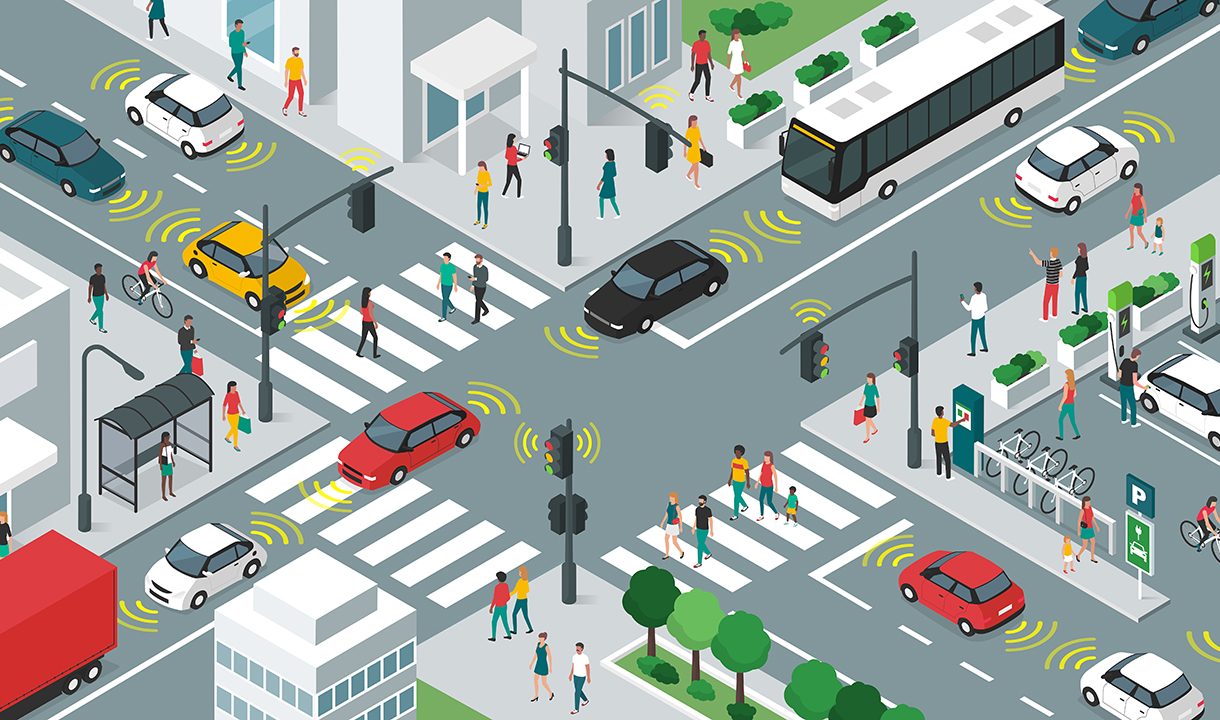 根据 美国交通部"智能交通系统(ITS)应用各种技术对交通系统进行监控、评估和管理,以提高效率和安全性"。暂且抛开科幻小说中的交通方式不谈,这个定义可以简化为智能交通的以下概念:管理、效率和安全。换句话说,智能交通利用新兴技术使城市交通更便捷、更经济(对城市和个人而言)、更安全。
根据 美国交通部"智能交通系统(ITS)应用各种技术对交通系统进行监控、评估和管理,以提高效率和安全性"。暂且抛开科幻小说中的交通方式不谈,这个定义可以简化为智能交通的以下概念:管理、效率和安全。换句话说,智能交通利用新兴技术使城市交通更便捷、更经济(对城市和个人而言)、更安全。
是哪些新兴技术促进了这些新机遇的出现?主要是IoT 设备和 5G 通信技术的普及。前者提供了廉价的传感器和控制器,可以嵌入到几乎任何实体机器中进行远程控制和管理。后者提供了实时管理和控制运输系统所需的高速通信,并将延迟降至最低。
智能交通并不只是未来的理论,如今它已在多个城市得到实施,其成功与失败的经验被用于改进新地点的系统。一些正在实施新交通技术的城市可能会让你大吃一惊。当然,像纽约这样的全球枢纽城市已经开始采用智能交通技术,以打造日益智能化的城市。然而,怀俄明州的农村地区也是互联汽车的领先试验田。这是因为怀俄明州是一个重要的货运走廊--全国范围内的自主货物运输可以大幅提高供应链效率,减少长途司机的需求,因为他们不得不兼顾紧迫的时间和人类的休息需求。
交通技术的主要优势
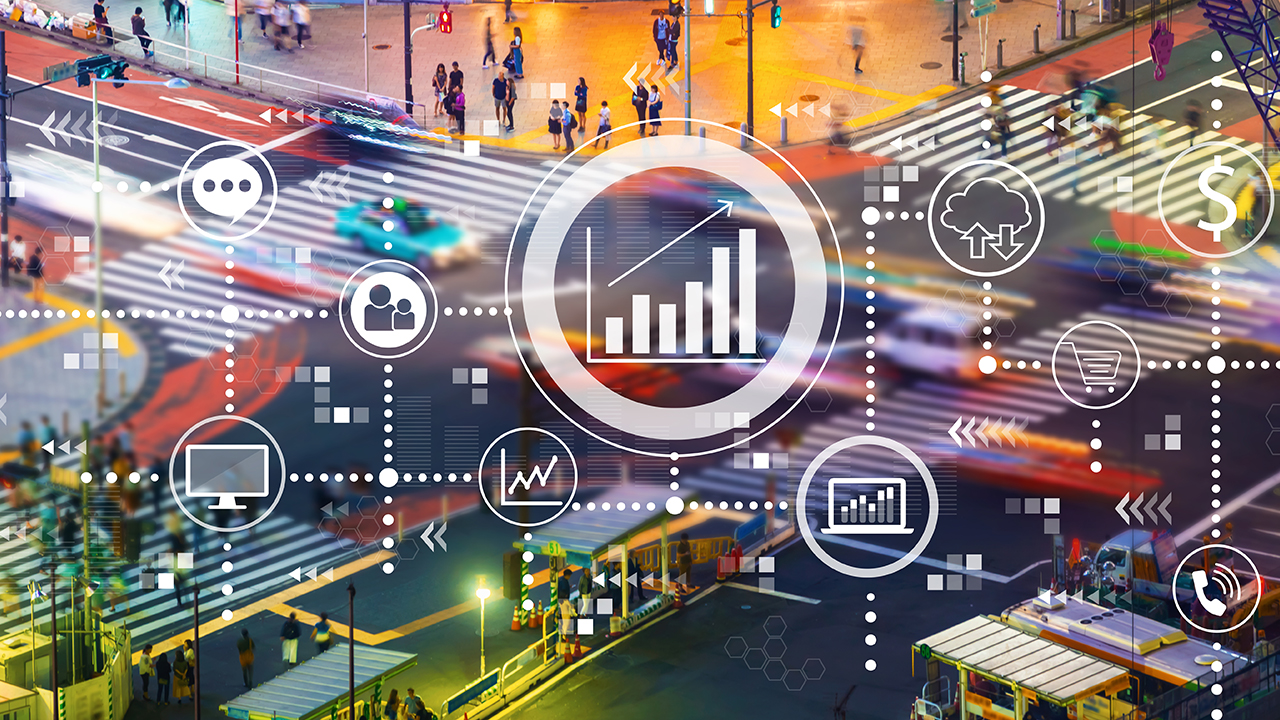
智能技术的好处及其为智能城市交通带来的优势不胜枚举。
- 智能交通更安全:通过将机器学习与IoT 和 5G 相结合,自主交通系统(包括车辆和固定基础设施,如十字路口)已被证明可减少事故中的 "人为因素"。计算机不会分心、疲劳或情绪化。
- 智能交通是更好的管理:数据收集是对基础设施进行负责任的公共管理的重要关键。智能交通不仅能为交通系统的各个方面提供详细的数据点,还能让管理者更好地监控运营情况、跟踪维护需求,并找出需要解决的问题的关键源头。
- 智能交通更高效:更好的管理带来更高效的使用。高质量的数据有助于找出可以提高效率的地方。也许对列车时刻表稍作调整,就能提高满座率;或者,如果公交线路的站点分配有所不同,就能更好地为社区服务。
- 智能交通具有成本效益:由于智能交通能更好地利用现有资源,因此可以通过预防性维护、降低能耗和减少事故资源来降低成本。当廉价公共交通的效率足以与私家车竞争时,乘客也能节省成本。
- 智能交通提供快速洞察力:城市交通管理中心(TMC)可以快速了解并获知影响城市道路拥堵、公共安全和应急响应系统的故障点或全城问题,以便采取行动或与其他机构和应急响应人员进行更有效的沟通。
除了已经讨论过的更好的管理、安全和效率之外,公众、地方政府和整个世界还可以享受到其他一些好处。它们是
- 安全
- 环境因素
- 供应链复原力
安全
 对智慧城市持怀疑态度的人最担心的一点是它容易受到网络攻击。毕竟,随着世界的联系日益紧密,网络攻击在犯罪分子甚至是国家之间几乎已经司空见惯,因为他们的攻击目标是关键基础设施,例如 联网电网 和银行系统。
对智慧城市持怀疑态度的人最担心的一点是它容易受到网络攻击。毕竟,随着世界的联系日益紧密,网络攻击在犯罪分子甚至是国家之间几乎已经司空见惯,因为他们的攻击目标是关键基础设施,例如 联网电网 和银行系统。
然而,攻击本身并不新鲜,只是攻击工具比较新颖而已。早在计算机出现之前,银行、电网和包括交通在内的其他关键基础设施就容易受到物理攻击。当车辆和基础设施实现集成化、网络化和自主化后,犯罪分子偷车、恐怖分子利用车辆作为武器(如2016 年法国发生的货车袭击事件)以及坏人劫持公共交通作为人质等物理威胁都能得到缓解。
至于网络攻击的风险,与上述物理威胁相比,网络攻击更容易防御。适当的软件更新、通过虚拟专用网络(VPN)隧道进行加密通信以及其他多层次的安全措施,都可以降低网络攻击的风险。这意味着,智能城市的智能交通可以通过减少物理和网络攻击的机会,使现代公共交通整体上更加安全。
环境因素
 交通运输的历史与环境密不可分。从燃烧煤炭和木材的蒸汽汽车到如今使用汽油的内燃机,交通工具对地球的资源和大气造成了损害。
交通运输的历史与环境密不可分。从燃烧煤炭和木材的蒸汽汽车到如今使用汽油的内燃机,交通工具对地球的资源和大气造成了损害。
在寻找替代能源为交通提供动力方面,科学每天都在进步,而智能交通技术的另一个好处是,它能让城市更负责任地利用现有资源。
与私家车相比,公共交通更有利于保护环境,但在美国和其他国家并没有得到广泛应用,因为在某些地区,公共交通往往是不切实际的。然而,随着智能交通解决方案带来的效率提升,现代公共交通可以为更多人带来利润。随着大城市的城市交通技术不断改进,这些经过验证的方法可以被复制并推广到那些希望获得智慧城市益处的地区。
供应链复原力
 冠状病毒大流行等全球性危机已经证明,世界供应链很容易受到破坏。当工人和司机生病,从一个地区到另一个地区的旅行成为公共健康的隐患时,自主货物运输可以成为真正的救命稻草。
冠状病毒大流行等全球性危机已经证明,世界供应链很容易受到破坏。当工人和司机生病,从一个地区到另一个地区的旅行成为公共健康的隐患时,自主货物运输可以成为真正的救命稻草。
怀俄明州的联网汽车项目等项目可能是形成由城市间智能运输和物流系统驱动的自主供应链的关键所在,该系统可运输食品和应急物资等重要货物,而无需人类驾驶员承担风险。在使用自动化、人工智能和机器人技术提高安全和效率的情况下,人类供应链员工队伍可以得到最低限度的扩充。好消息是,专家们相信,这些创新将有助于创造更多的就业机会,而且是更安全的就业机会,因为开发人员、技术人员、分析人员和管理人员将帮助把这些先进技术推向市场并加以维护。
智慧城市有缺点吗?
尽管智能城市交通系统有很多优点,但在实施过程中也会出现一些缺点。这些问题主要集中在功耗和负责任的数据管理方面。
智能城市需要传感器--大量的传感器--而这些传感器都需要电源。对于连接在移动物体上的传感器,这就需要电池。固定的传感器也许可以使用太阳能,但通常需要接入城市电网。全球向智慧城市转型所需的传感器数量庞大(估计达数万亿个),这使得为如此多的设备供电成为一个令人生畏的问题。即使是接入电网的传感器,所需的原材料(如铜)数量也远远高于世界人口的生产习惯。
除了权力之外,当今世界还存在着关于网上个人数据的重大争论。数据是智慧城市运行所需的命脉。虽然与在线数据相比,所需的大部分信息都是匿名的,但这将要求人们的思想和行为发生转变。汽车需要收集定位信息,城市周围的传感器需要被动地收集智能手机全天发出的信号。为了让智慧城市在未来蓬勃发展,需要制定负责任的法律和政策来管理数据,无论数据是多么匿名。
下载交通管理解决方案简介
了解由 Digi-powered 提供支持的集中式交通控制。
下载 PDF
智能交通如何运作?
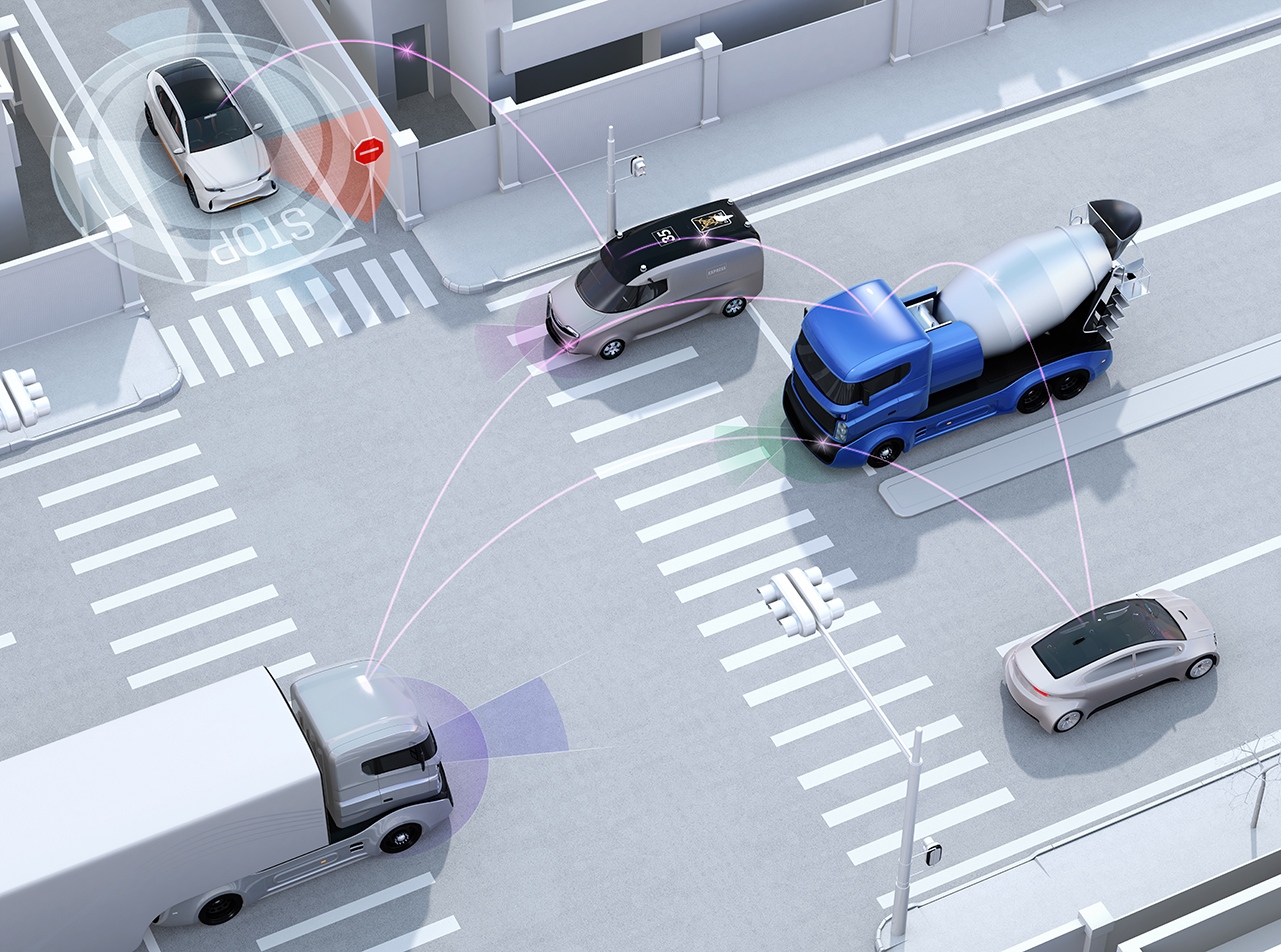
智能交通一般可分为两大类、 公共基础设施 和 汽车行业.当网络传感器被集成到基础设施和车辆中,以实现远程管理和控制、安全和效率的目标时,这两个领域就变得 "智能 "起来。
想象一个繁忙的城市十字路口。行人正试图穿过马路。路灯正在调节车流。驾驶车辆的司机正忙着赶往目的地。在传统的交通系统中,路灯是通过计时器、路面下的压板或路边的行人按钮触发的。
司机和行人都有责任注意(并遵守)交通信号。然而,如果其中任何一个节点出现故障,效率和安全性都会下降。司机分心闯红灯。行人没有按下人行横道按钮,错过了转弯时间,不得不等待更长的时间。尽管只有一辆车在等待,也没有车辆通行,但路灯却拒绝改变。
然而,在智能交叉路口,这一切都会改变。车辆可以结合使用蓝牙和激光雷达(光探测与测距)来探测行人,并自动开始刹车以避免事故。路灯可以接收车辆发出的单独信号,以确定有多少辆车在等待,以及在哪个方向,这比压板和计时器要准确和有效得多。汽车和路灯之间的通信甚至可以达到这样的程度:当绿灯亮起(或向汽车电脑发送 "走 "的信号)时,汽车自动开始行驶;当红灯亮起(或发送 "停 "的信号)时,汽车减速并停下。这一切都要归功于科技在交通领域的应用,如IoT 和用于实时行动和遥感的 5G 通信速度。
城市交通技术实例
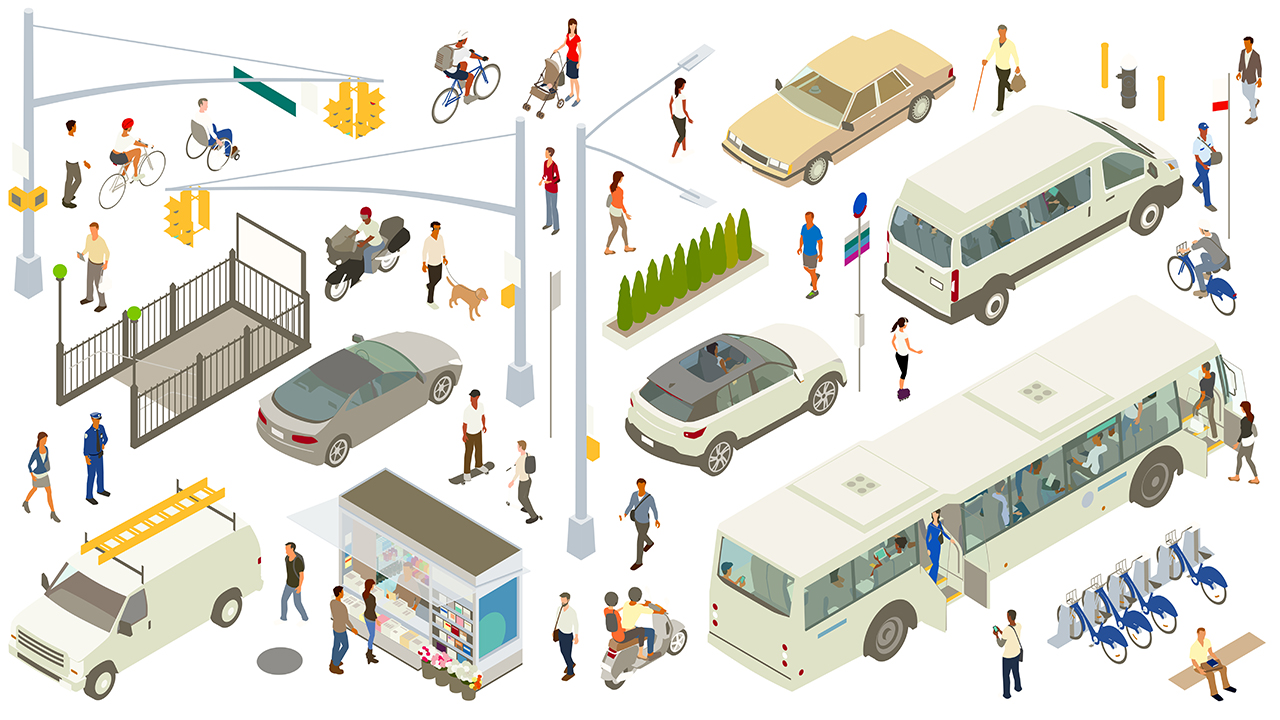
无论智慧城市的优势和劣势如何,这项技术今天已经出现并得到应用。在美国和世界各地,智能传感器和控制器正在列车网络、乘客信息系统和公共交通调度中得到应用。以下是一些智能城市交通实例:
- 迈阿密戴德智能交通管理
- 宾夕法尼亚州南部运输管理局 (SEPTA) 列车正向控制 (PTC)
- 市郊捷运局(SMART)调度系统
迈阿密戴德高级交通管理系统
迈阿密戴德郡是佛罗里达州人口最多的郡,拥有 250 多万居民。迈阿密戴德县负责管理迈阿密市及其周边地区的交通流量,包括 2,700 多个信号灯路口的运行。事实上,根据迈阿密戴德县交通管理网站的数据,信号交叉路口和街区中间十字路口的数量每年都在以数十个的速度增加。
迈阿密戴德高级交通管理系统(ATMS)包括作为全县交通机柜通信基础设施一部分的Digi 4G LTE 蜂窝路由器,旨在减少拥堵和延误,提高全县的流动性。
SEPTA PTC
SEPTA(宾夕法尼亚州东南部运输管理局)负责管理费城的轻轨、地铁和公共汽车服务。每天有超过一百万的乘客使用这些服务,因此每次车辆出发时都必须保证可靠和安全。因此,SEPTA 建立了列车正时控制系统(PTC),为列车发出信号,防止脱轨和撞车事故,并监控车速和违反信号的情况。
SEPTA 通过 Digi WR44-RR 移动接入路由器实现了这一目标。该设备安装在列车上后,可通过无线电链路与路旁传感器进行远程通信。该设备可发送列车运行数据信号,同时接收有关关闭和其他需要改变计划的因素的信息。这样,列车就不会在危险情况下急速前进。
SMART 调度系统
智能城市的公共交通是互联技术进步的关键领域。在底特律,SMART(Suburban Mobility Authority for Rapid Transit Authority)负责管理和调度全市 300 多辆公共汽车。作为居民出行不可或缺的一部分,这些公共汽车必须准时、安全、无故障。为了管理公共汽车的调度和位置跟踪,该市使用了一个模拟无线电网络,该网络有三个无线电塔,分布在城市的各个角落。
当需要升级时,他们使用了 Digi WR44 R 移动蜂窝路由器。从模拟到数字的转换大大改善了管理和跟踪。新技术使 SMART 不仅能看到每辆车的位置,还能查看其速度并监控每辆巴士的维护数据。这样,如果一辆公共汽车开始落后于计划运行,就可以更好地进行调度,并进行预防性维护,减少故障和大修,估计每年可节省 7 万美元。
探索 Digi 的智能交通解决方案
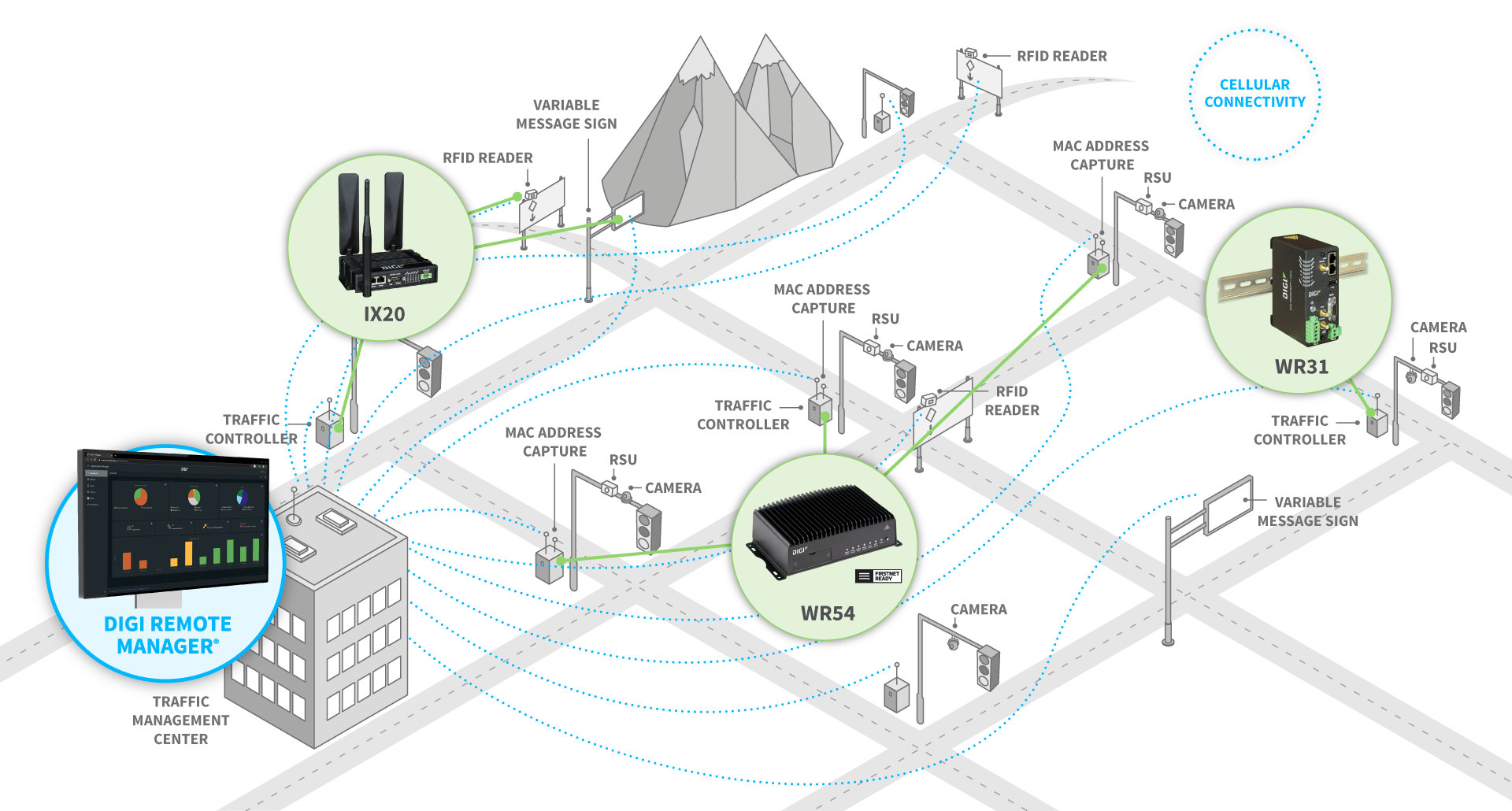
Digi通过高性能的工业级蜂窝路由器(包括FirstNet®),支持在美国和全球范围内推广智能交通和联网车辆系统。
为优先和抢先通信系统做好准备。
智能交通市场对社会而言大有可为。随着智能城市的智能交通系统在全球范围内得到越来越广泛的应用,人们可以开始收获现代公共交通带来的诸多安全、效率和成本优势。利用当今的最新技术,思考社会如何与城市互动是一件令人兴奋的事情。
要了解 Digi 智能交通IoT 解决方案如何推动社会进步的更多优势和实例,请访问我们的 交通管理页面或 惠及 今天就开始对话。
下一步工作